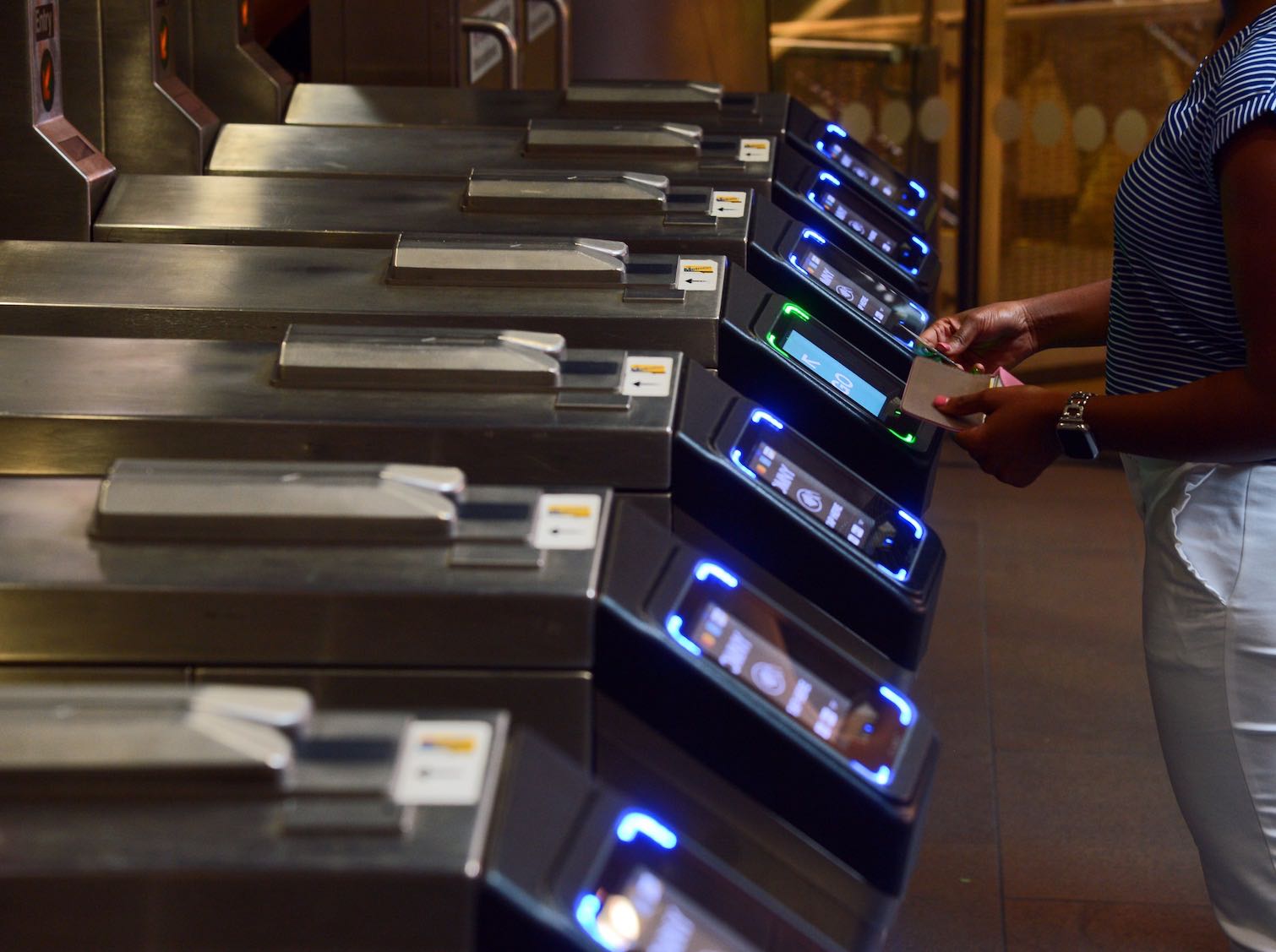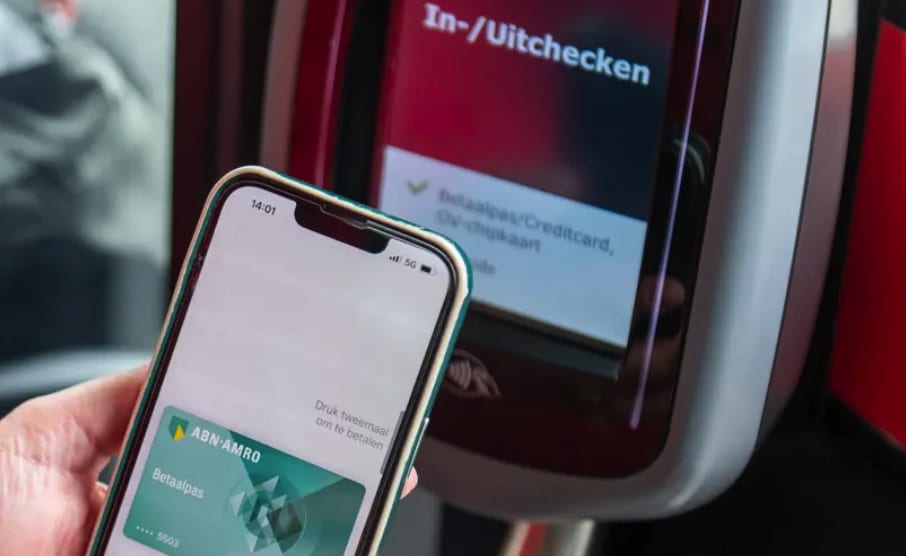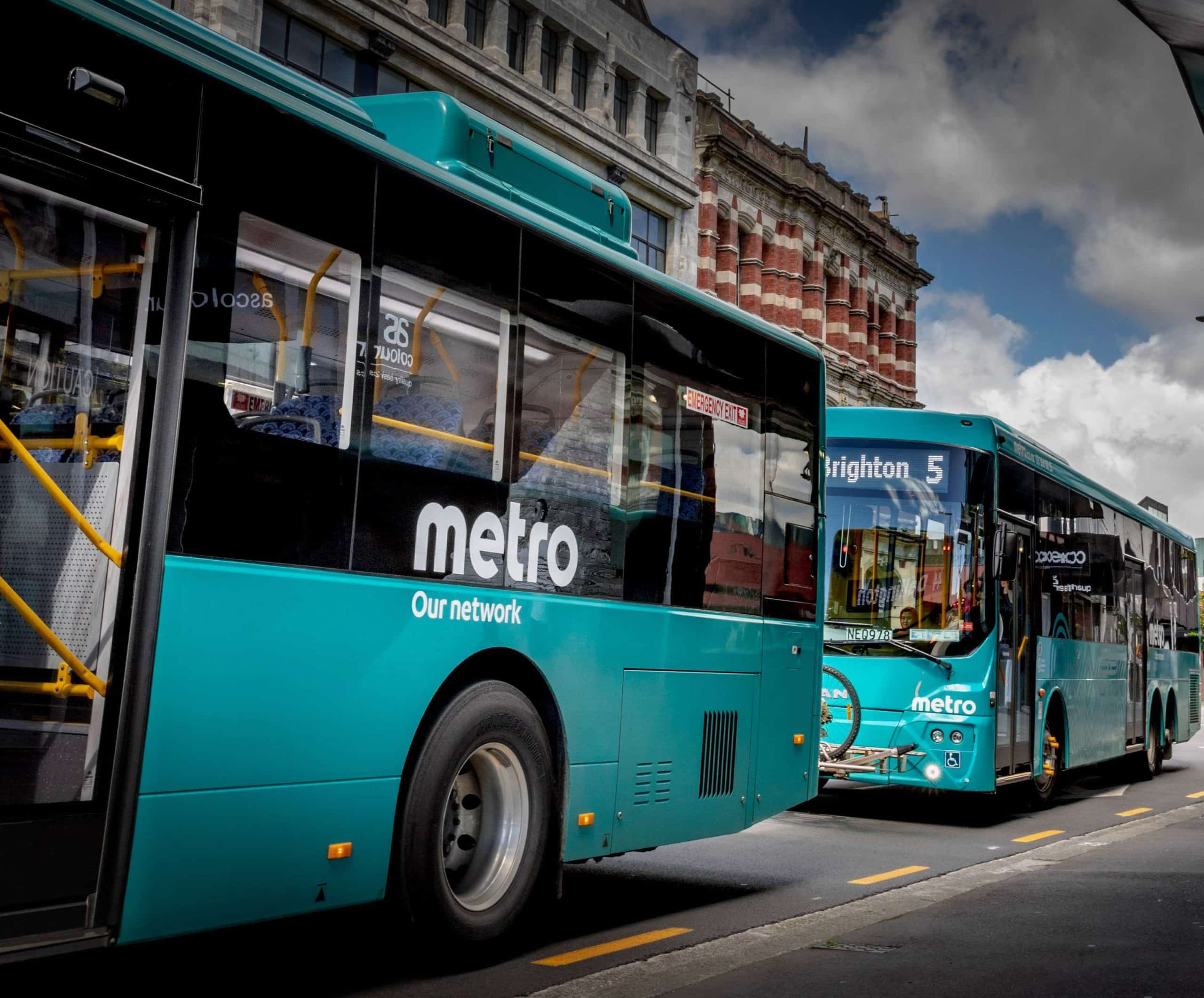
Article Highlights
With more agencies moving to open-loop payments, there is growing interest among transit agencies in closed-loop EMV cards. But there are pros and cons for these cards versus proprietary card technology such as Mifare.
• Table: Early agencies moving or likely to move to white-label EMV
• Chart: Bids on Stockholm’s white-label EMV project
• MTA (New York)
• SL (Stockholm)
• Transport for London
• Transport for NSW
• Cal-ITP
• Cubic
• NXP
• CNA (Calypso)</a
As more transit agencies introduce open-loop fare payments, interest is starting to grow in use of white-label EMV cards that agencies can issue in place of proprietary closed-loop cards for riders who don’t have bank cards or don’t want to use them to pay fares.



















